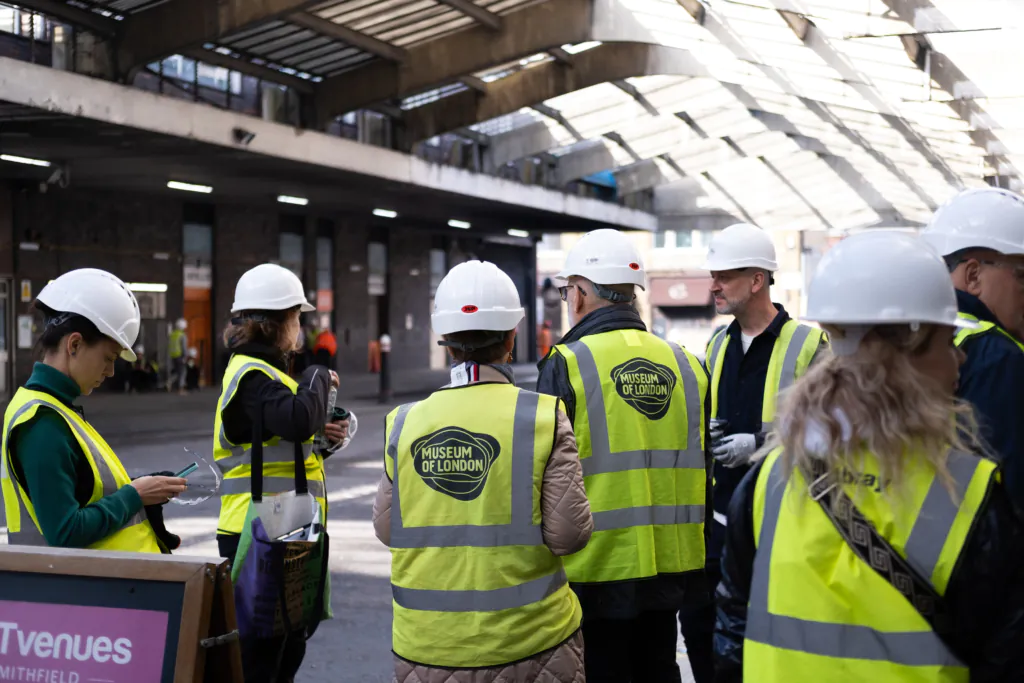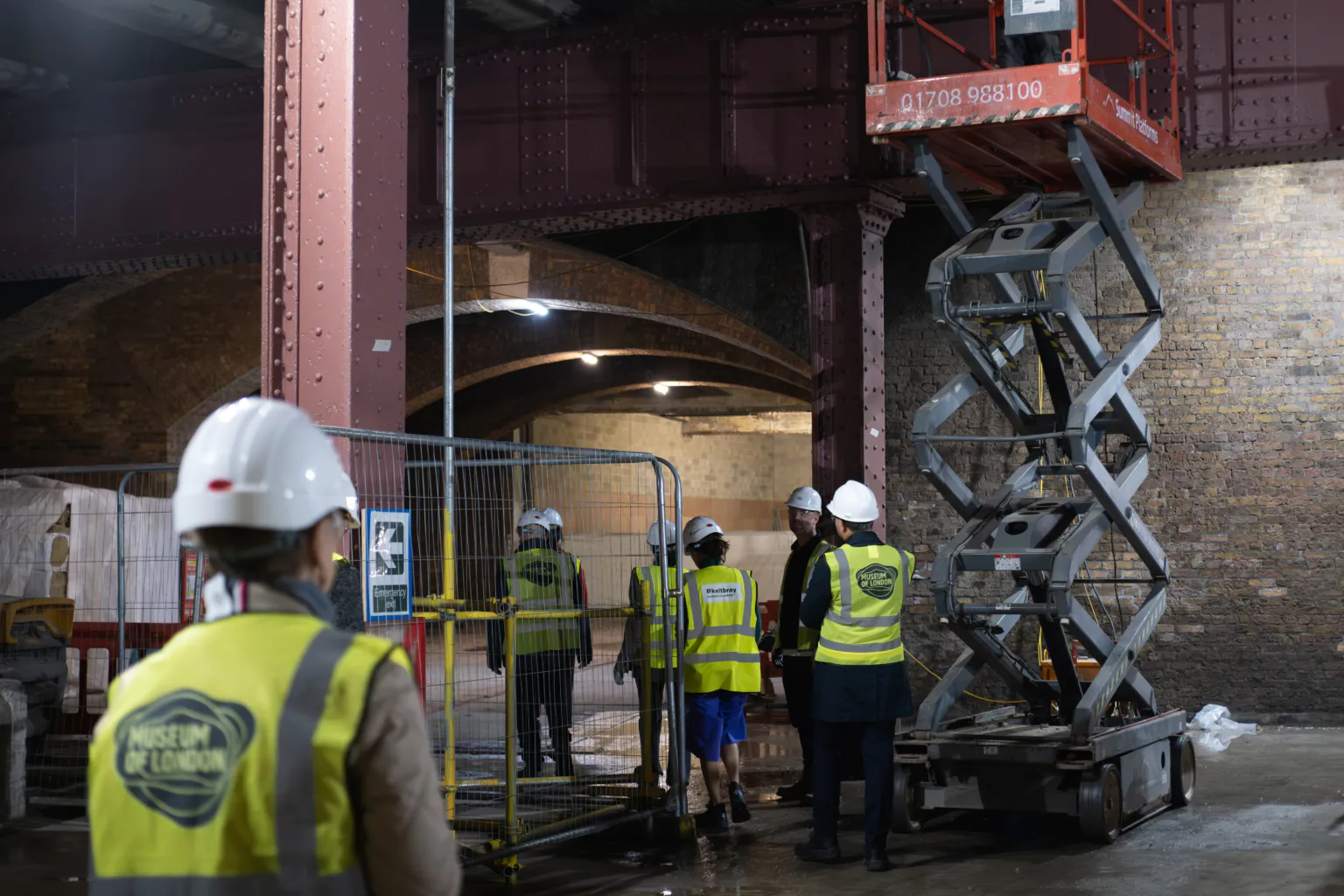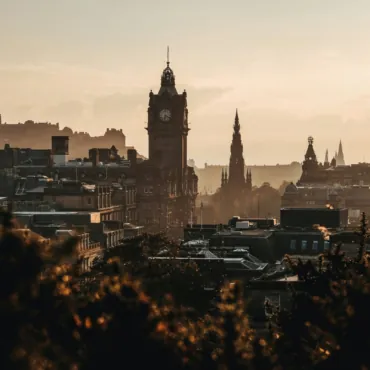To get into a building where construction work is going on right now is a chance (no exaggeration) unique. To see the rooms where the museum will store its collection, we went in the company of the SAVE organization. Since 1975 she has been fighting to preserve historic buildings in the UK under threat of demolition. It was they who nine years ago managed to defend Smithfield Market, a magnificent example of Victorian architecture. A grueling campaign to save the SAVE building has been underway since 2004 – that’s when the first Don’t Butcher Smithfield appeal was published.

SAVE spent over 40 thousand pounds fighting to preserve the architectural monument (although, their opponents spent many times more). As a result, the market was rescued, and a few years later it was found a new use – in 2015 it was decided that the Smithfield site would become the site of a state-of-the-art cluster of the Museum of London, the largest cultural infrastructure project currently underway in Europe.

Two historic buildings have been taken over by the museum: the main market, built in 1868 by Tower Bridge architect Sir Horace Jones, and the bird market, built a century later after the original building was destroyed by fire. In the first one – it will open in 2026 – there will be an exposition devoted to the history of the emergence and formation of the city. The second – scheduled for completion by 2028 – will show how London has changed from the early 20th century to the present day.

More than 337 million has already been spent on construction work to restore the buildings and the Old Market’s historic copper-domed roof (worked on by three generations of coppersmiths, including Chris Johnson, who worked on the market’s copper roofs back in the 1960s). pounds sterling. The City of London Corporation provided most of the funds for the renovation, with additional support from the Mayor’s office, and the museum is raising the rest of the money itself.


Why does the project cost so much? There are several reasons for this. First, the specifics of working with a historic building. During construction, workers are careful to preserve original structures and period materials (such as tens of thousands of Victorian bricks), and to restore vaults, arches, and columns that were erected one hundred and fifty years ago. In parallel, they are opening up entirely new spaces that, to everyone’s surprise, were not on the plans they received when they moved in. And these spaces also require additional renovations.

Secondly, the sheer scale of the site. From the outside, the building doesn’t seem that big, so you can only appreciate its size once you’re inside. If we talk about figures, the permanent exposition of the new museum will be placed on 8 thousand square meters, and temporary exhibitions will occupy 1.5 thousand square meters.


This is a big step for the museum. In the previous building near the Barbican Center and the ruins of the London Wall, the collection – which includes more than 7 million exhibits about the city’s history and the world’s largest archaeological archive – could not be presented in its entirety. Now the curators of the museum will have a lot to do. And that means visitors will also be able to delve deeper into the city’s history and physical space – both above and below ground, discovering the layers and arteries of London.
